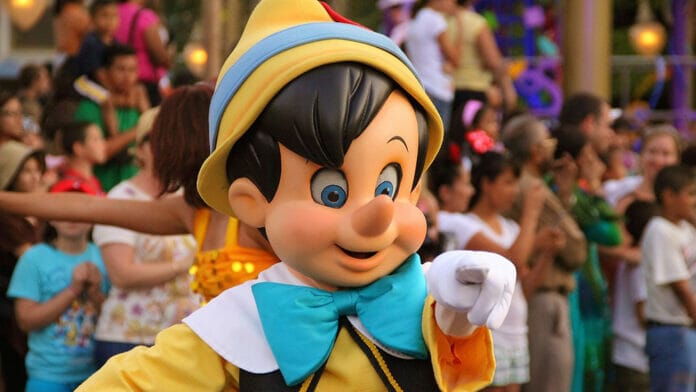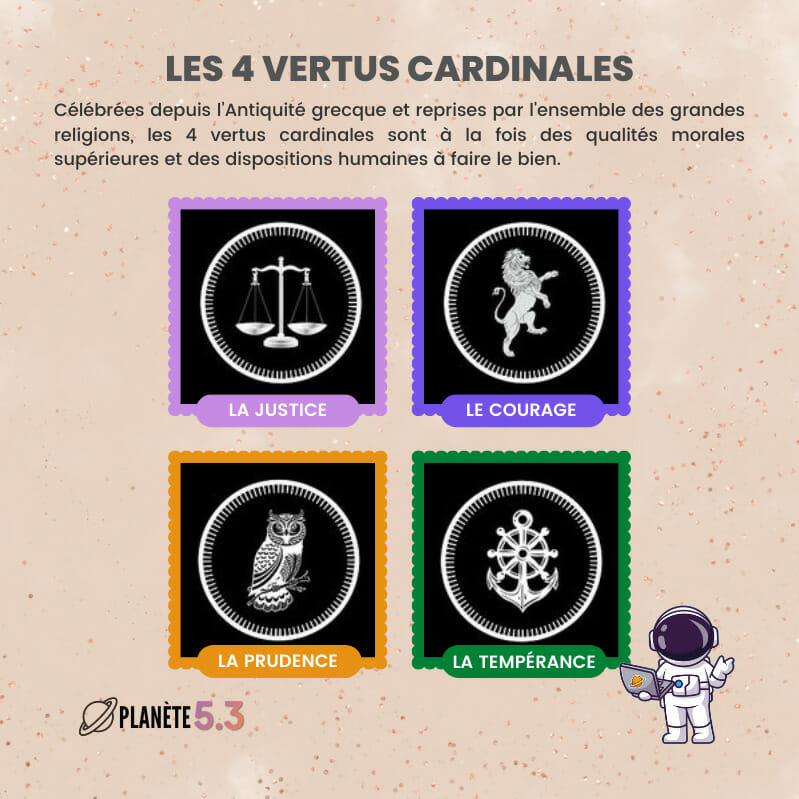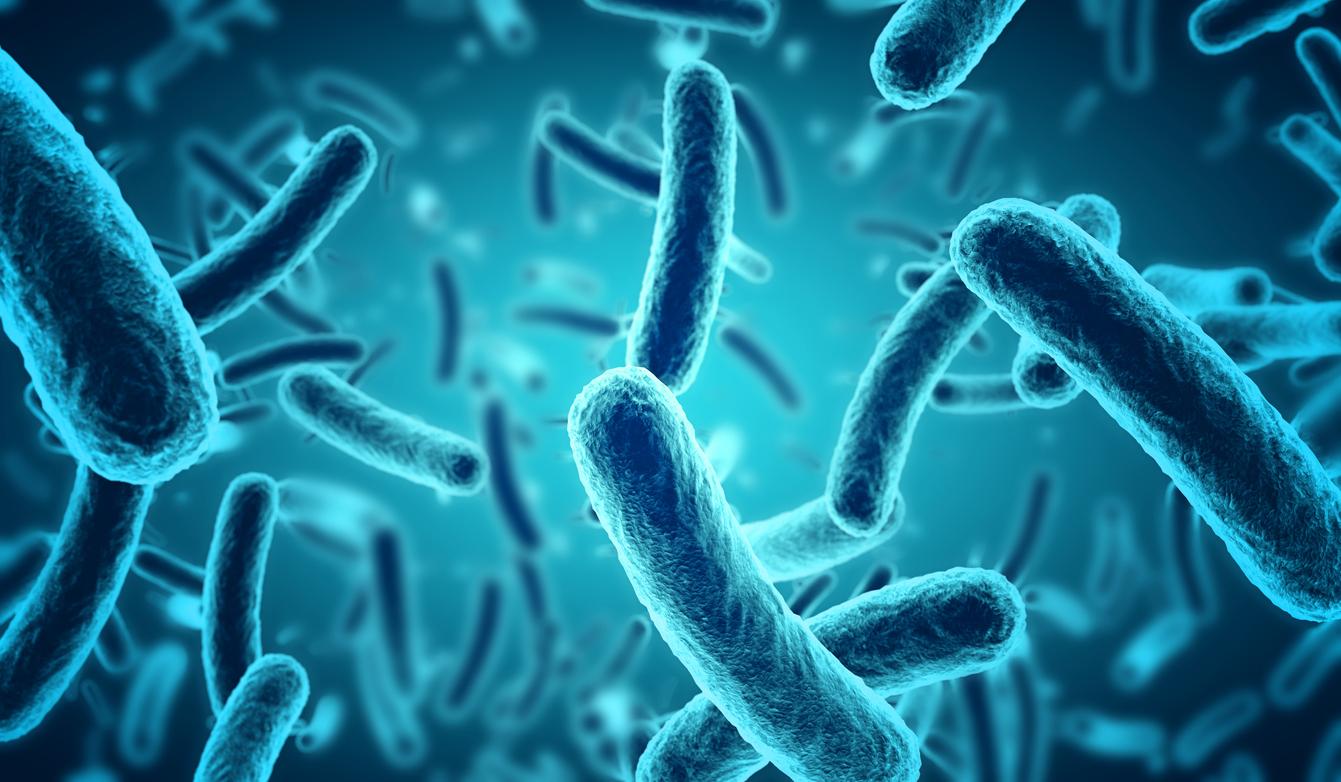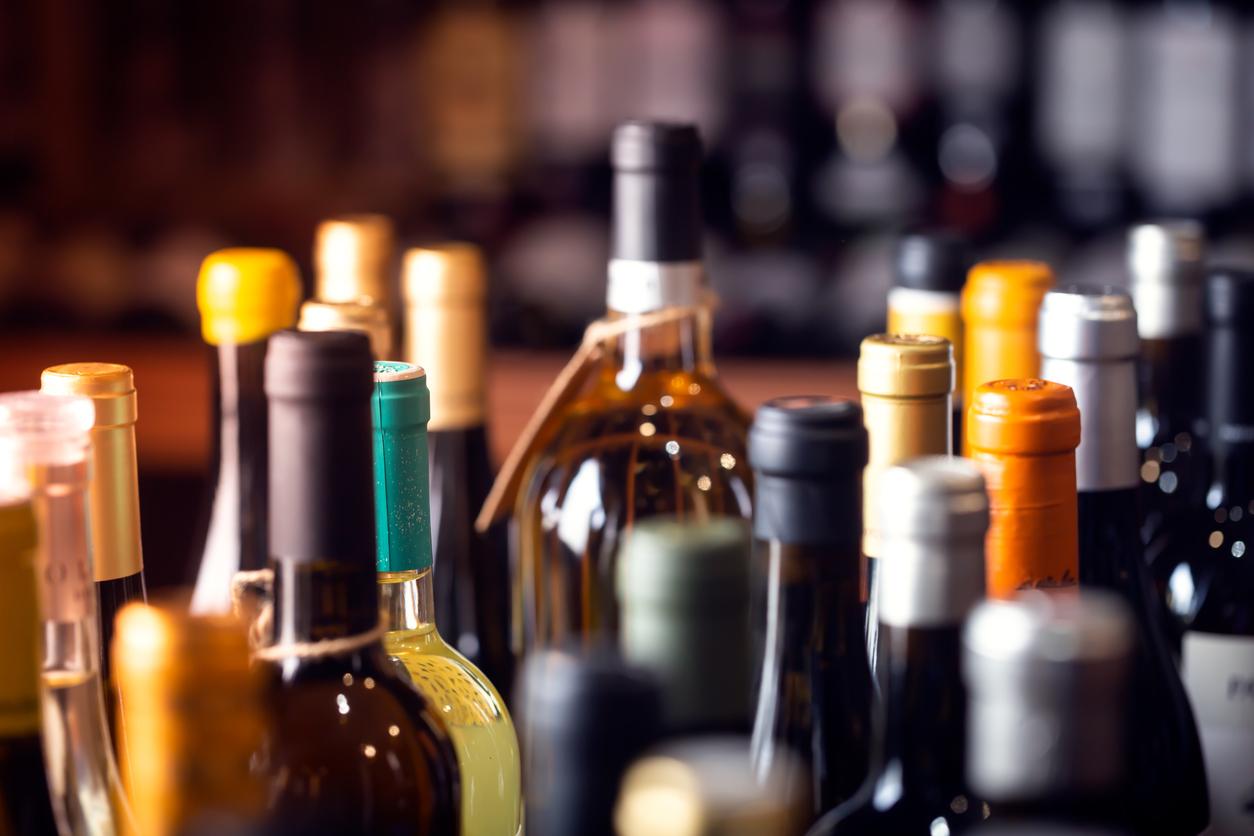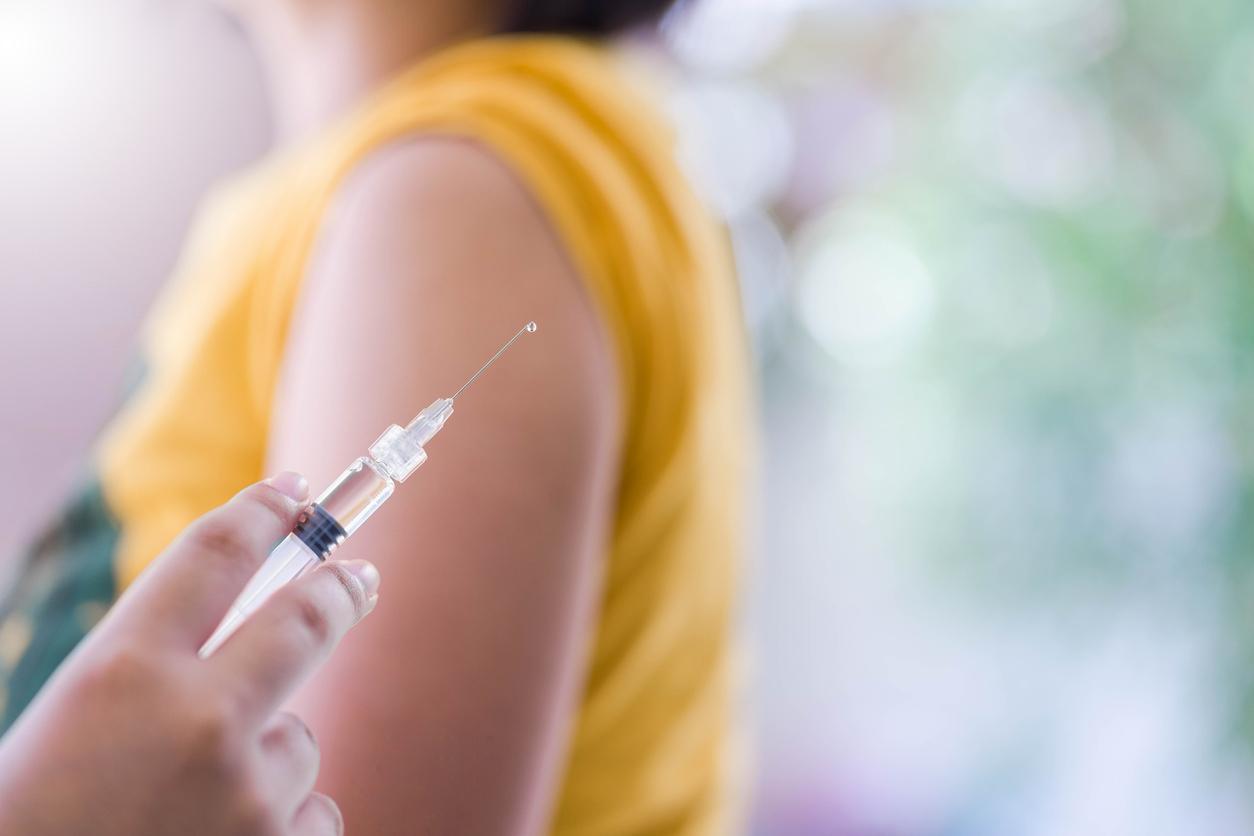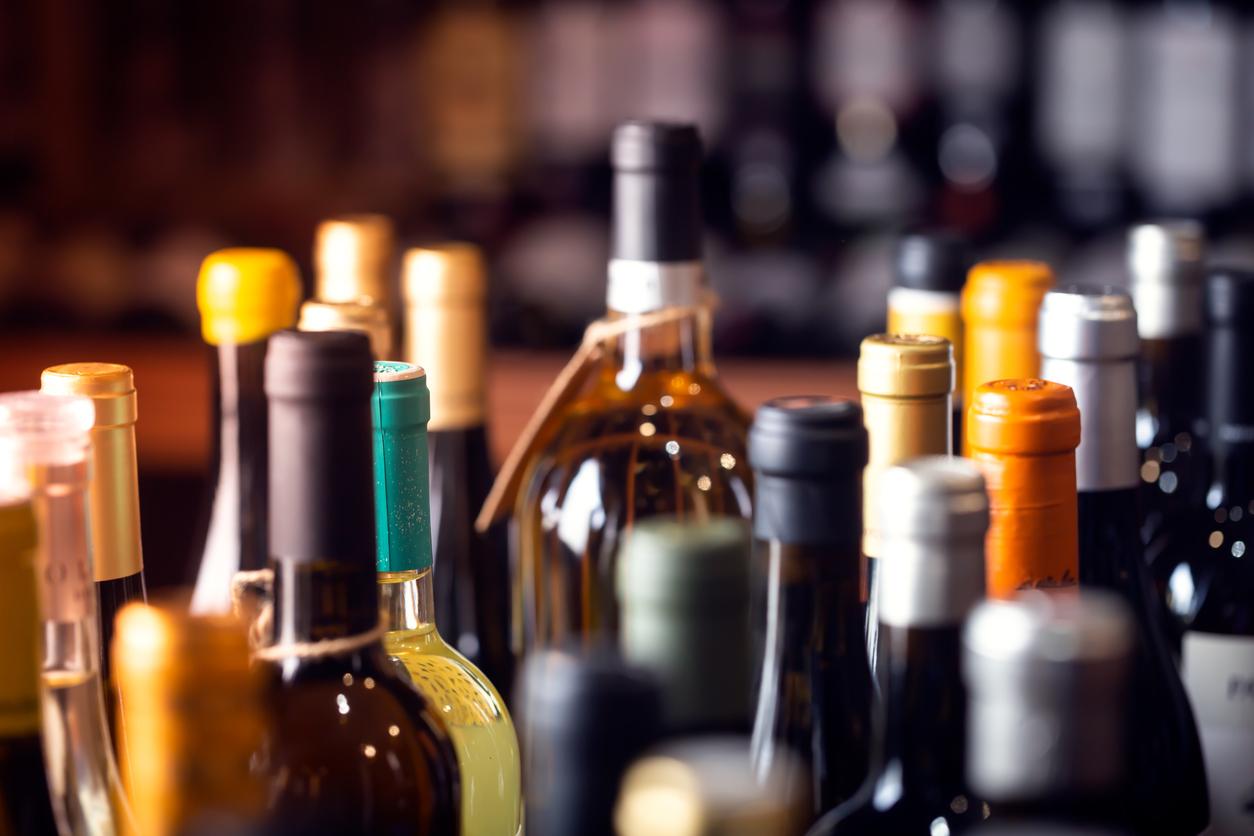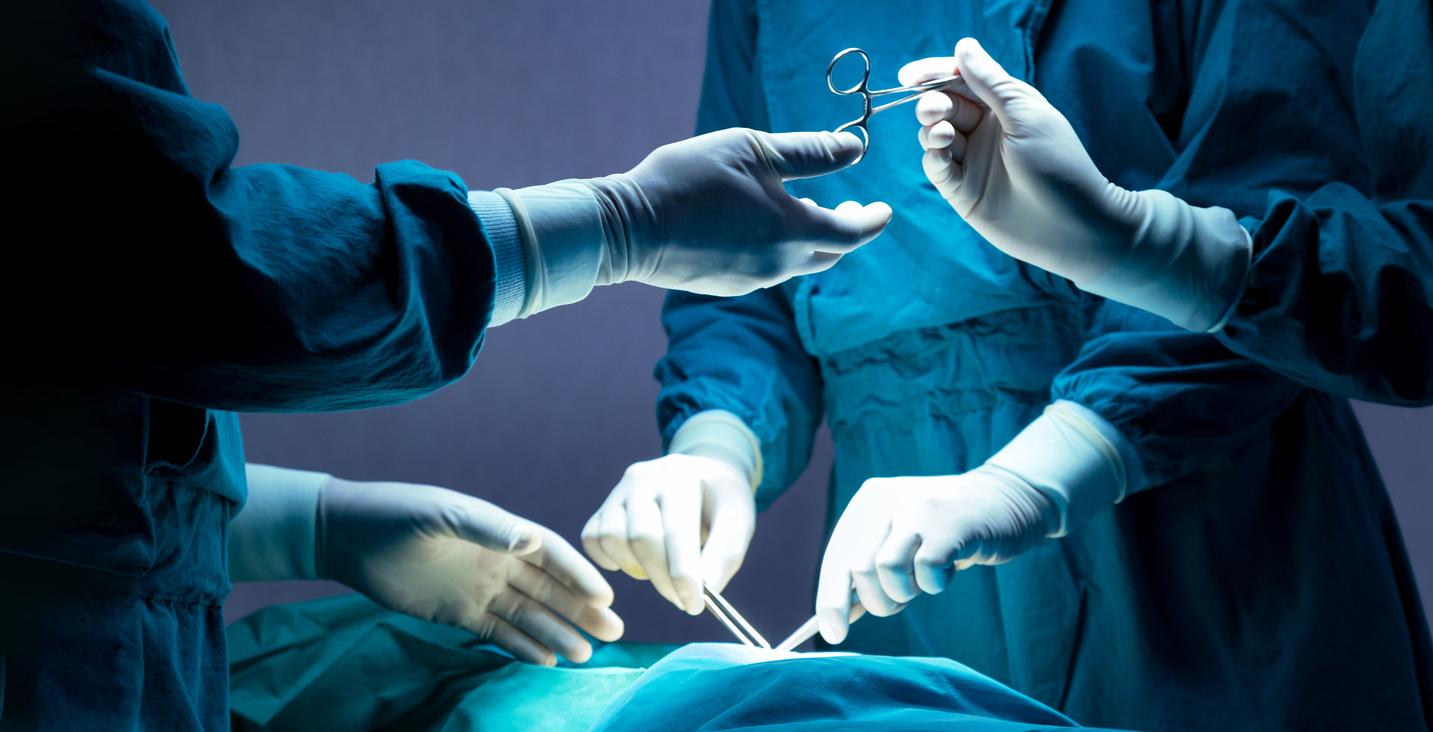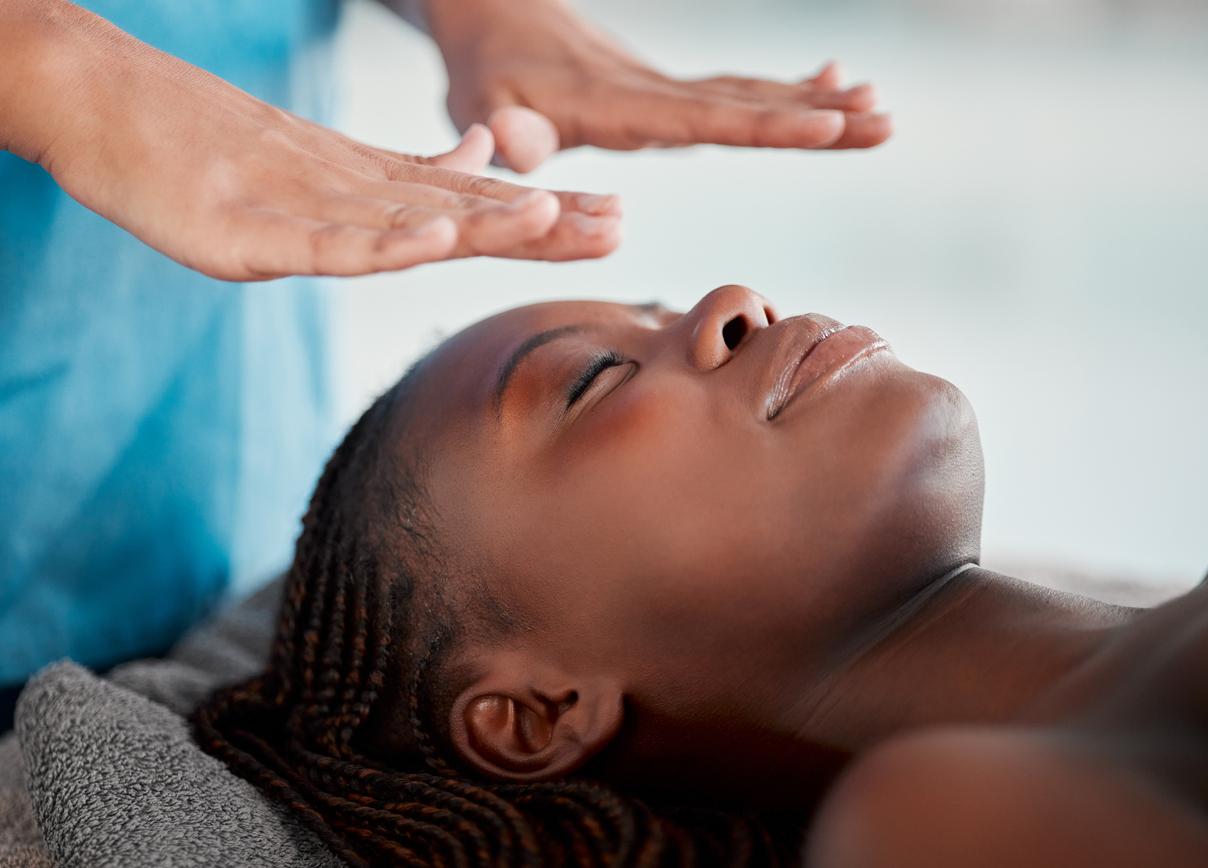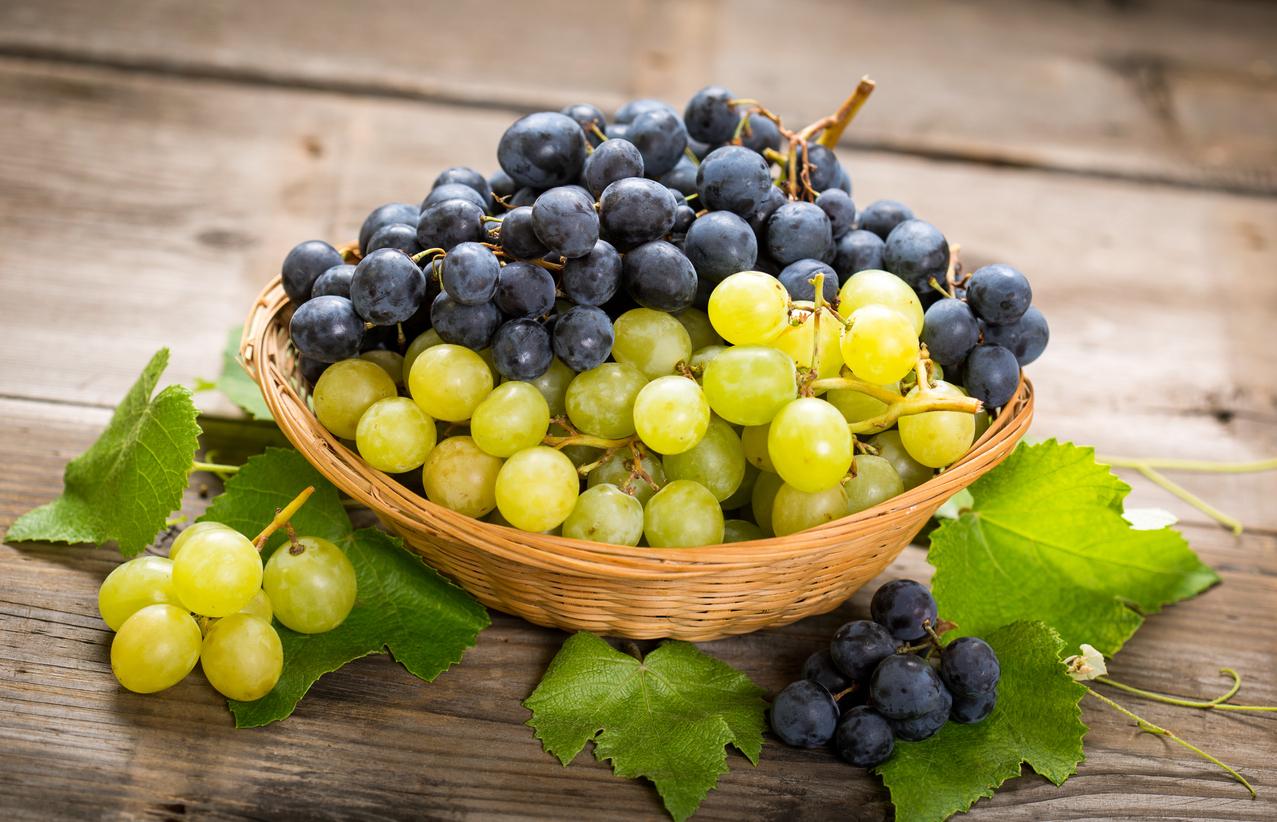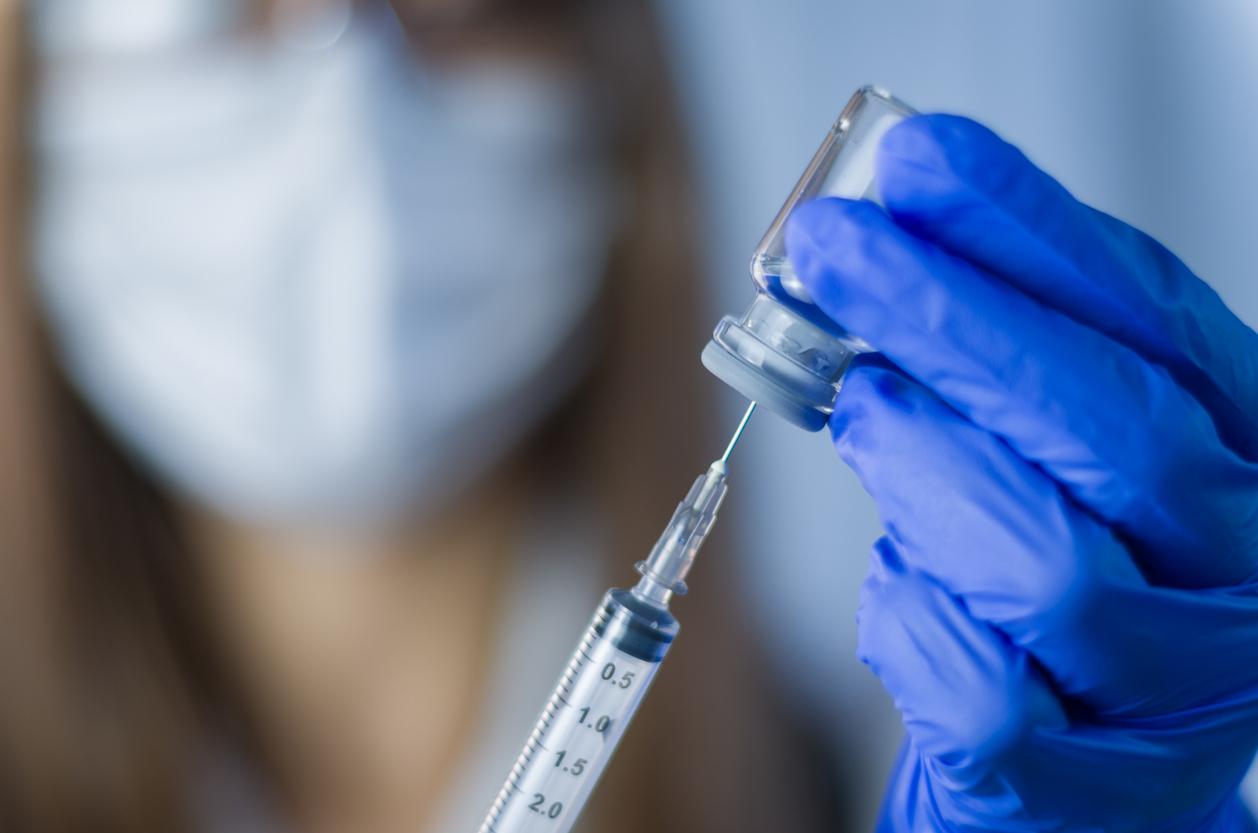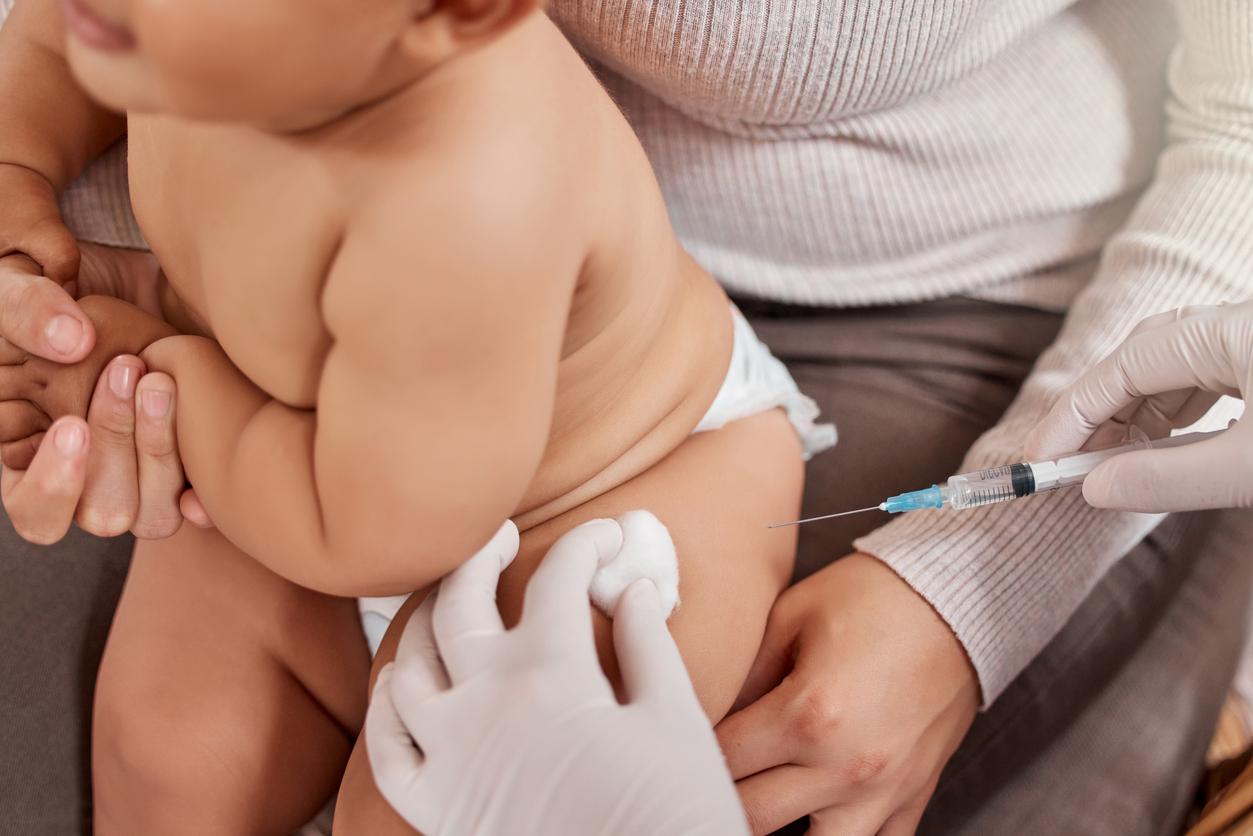“This vaccination can be prescribed and carried out by many health professionals,” explains the National Cancer Institute (INca). Here are which ones.
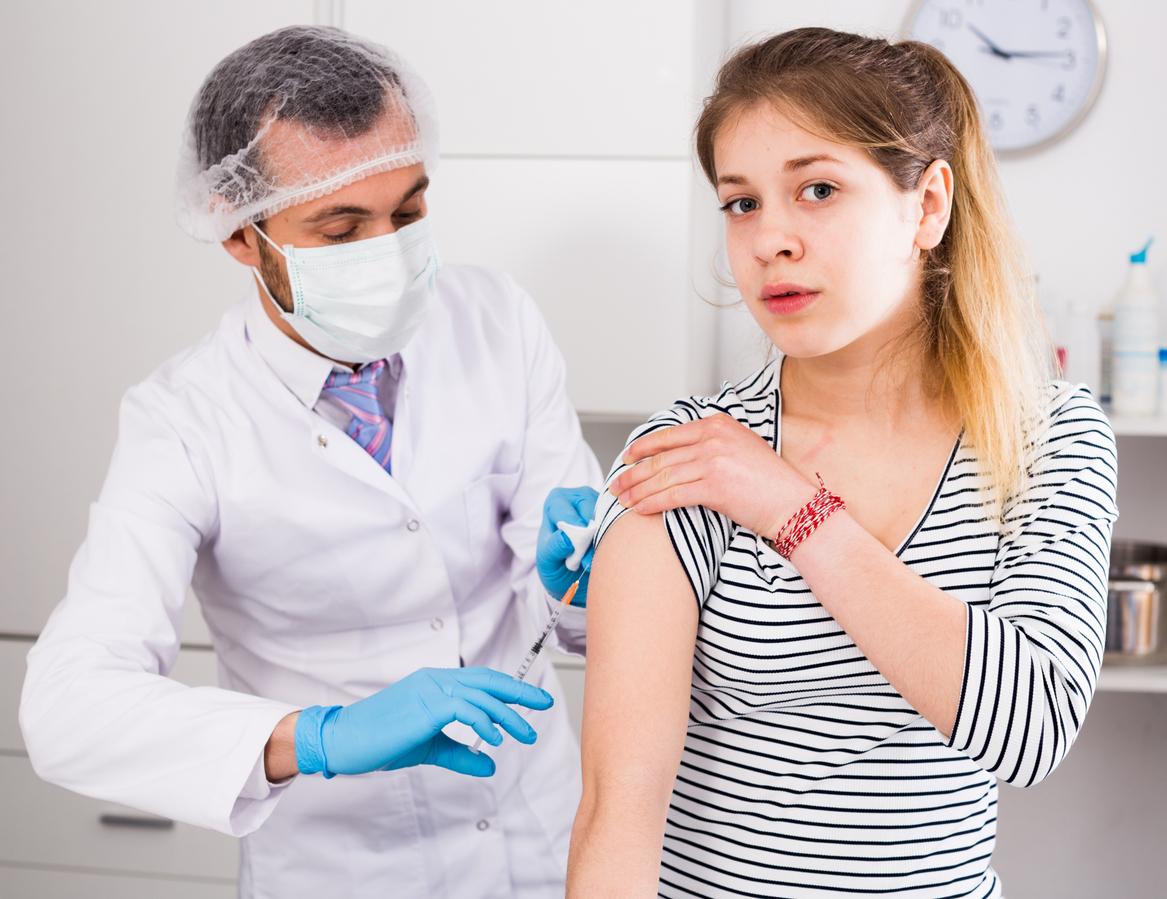
- The second vaccination campaign for children from the age of 11 against human papillomavirus (HPV) infections has begun.
- “Vaccination can be prescribed and carried out by many health professionals: doctors, midwives, pharmacists and nurses,” says the National Cancer Institute (Inca).
- In 2023, nearly 420,000 12-year-olds (48%) received a first dose of HPV vaccine at school or in the city.
As the second vaccination campaign for children from the age of 11 against human papillomavirus (HPV) infections has begun, National Cancer Institute (INca) specifies in a press release how the process is carried out.
“Vaccination can be prescribed and carried out by many health professionals: doctors, midwives, pharmacists and nurses”, he first indicates. “It can also be practiced in municipal or departmental vaccination services. It has also been offered directly in participating public and private colleges since the start of the 2023 school year,” he specifies.
HPV vaccination for middle school students: what are the side effects?
“As with all other vaccines, side effects may occur. These are often redness, temporary pain, headache, dizziness or fever. More rarely, discomfort may occur,” also warns INCa. “Also, health professionals in charge of vaccination ensure that children are monitored for 15 minutes following the injection,” he adds.
The HPV vaccine is recommended for girls and boys aged 11 to 14 (2 doses), then as a catch-up from 15 to 19 (3 doses). It prevents 9 types of HPV, 7 of which are high-risk or potentially oncogenic. It is indicated against:
– precancerous lesions as well as cancers of the cervix, vulva, vagina and anus;
– very disabling and painful benign lesions that appear on the skin and on the mucous membranes of the anus or genital region.

HPV vaccination of middle school students: what progress has been made?
In 2023, more than 100,000 fifth-grade students were vaccinated in middle school and more than 300,000 adolescents of the same age were vaccinated in the city. Thus, nearly 420,000 12-year-olds (48%) received a first dose of the HPV vaccine. “This first campaign has enabled a significant improvement in vaccination coverage among 12-year-old adolescents, with an increase of 17 points between 2022 and 2023 to reach 55% among girls and 41% among boys)”, comments the INCa.
“Similarly, vaccination coverage against papillomavirus infections has seen unprecedented growth among young people aged 15 and over. In 2023, it will be 55% for one dose among girls aged 15 (vs 48% in 2022), an increase of 7 points,” he completes. “Among young boys, vaccination coverage in 2023 is 26% for one dose at 15 years of age (vs. 13% in 2022), an increase of 13 points”he concludes.



